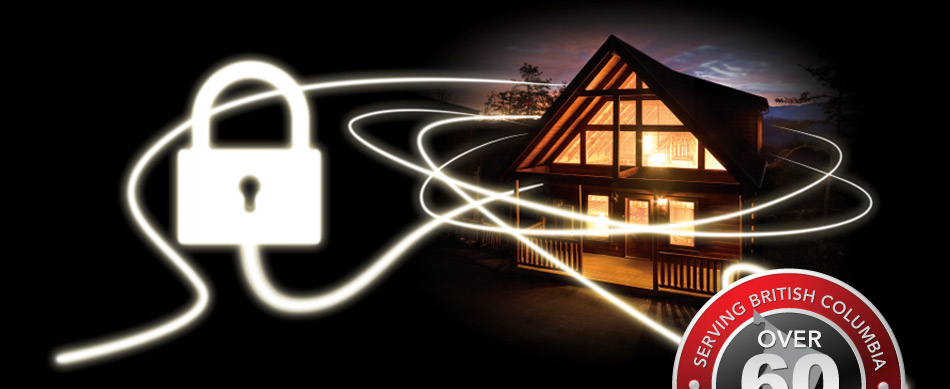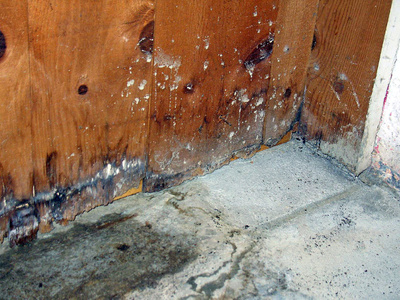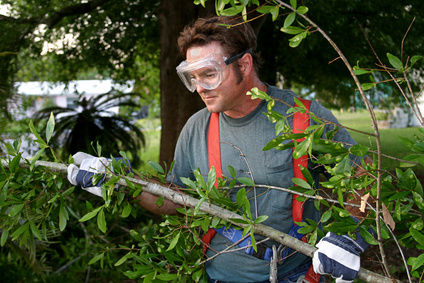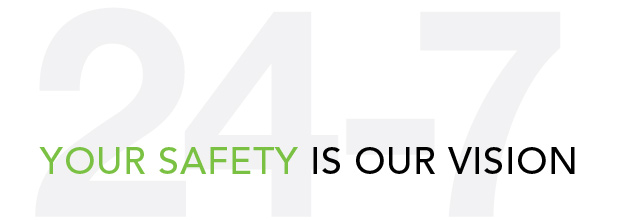If you cannot see the links or images in this email please, View Online Version.
To ensure delivery to your inbox, please add info@radiussecurity.ca to your address book.
 |
||||||
 |
||||||
| SPRING 2010 |
|
|||||
 |
||||||
|
Does Mould Make You Sick? 
Your child inexplicably coughs, wheezes and complains of headaches. Some of your co-workers often complain about itchy eyes, throat or skin, plus dizziness and fatigue. One explanation could be poor indoor air quality. Moulds or other contaminants such as dust, mildew and pollen can cause allergic reactions when inhaled. If you have a water leak, repair it promptly and permanently. Then,
Indoor Air Quality: Mould and Other Biological Contaminants by HealthLink B.C. More information: Fighting Mould – The Homeowners’ Guide by Canada Mortgage and Housing Corporation Indoor Air Quality: A guide for building owners, managers and occupants by WorkSafe B.C. 
With camping season just around the corner, it’s time to dust off your binoculars. Even in town, you can readily spot Venus -- the bright evening star -- without binoculars, starting late March. Mercury appears close to Venus on the horizon about half an hour after sunset. You can also stargaze with knowledgeable volunteers at the Gordon MacMillan Southam Observatory on Saturday evenings, by donation. 
Protect Your Family Against
Question: I’ve heard people talking about the “Silent Killer,” carbon monoxide. What exactly is it, and what can I do to protect my family?
|
What's On In
City of Banghra Growing Wise Preventing Gardening Mishaps 
Source |
|||||
 |
We want to inform, not annoy. |
|||||
 Star Light,
Star Light,